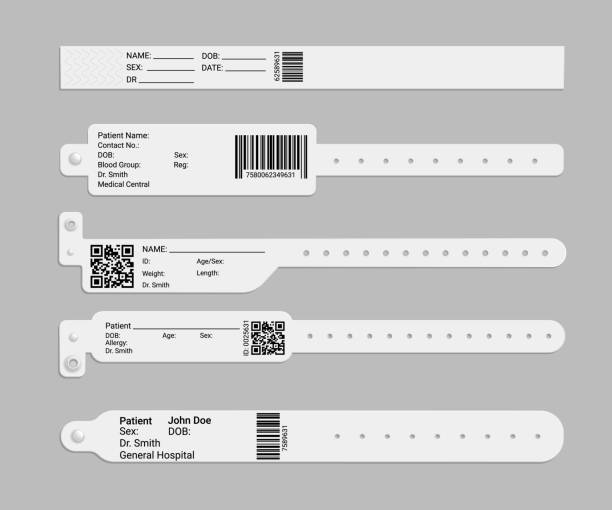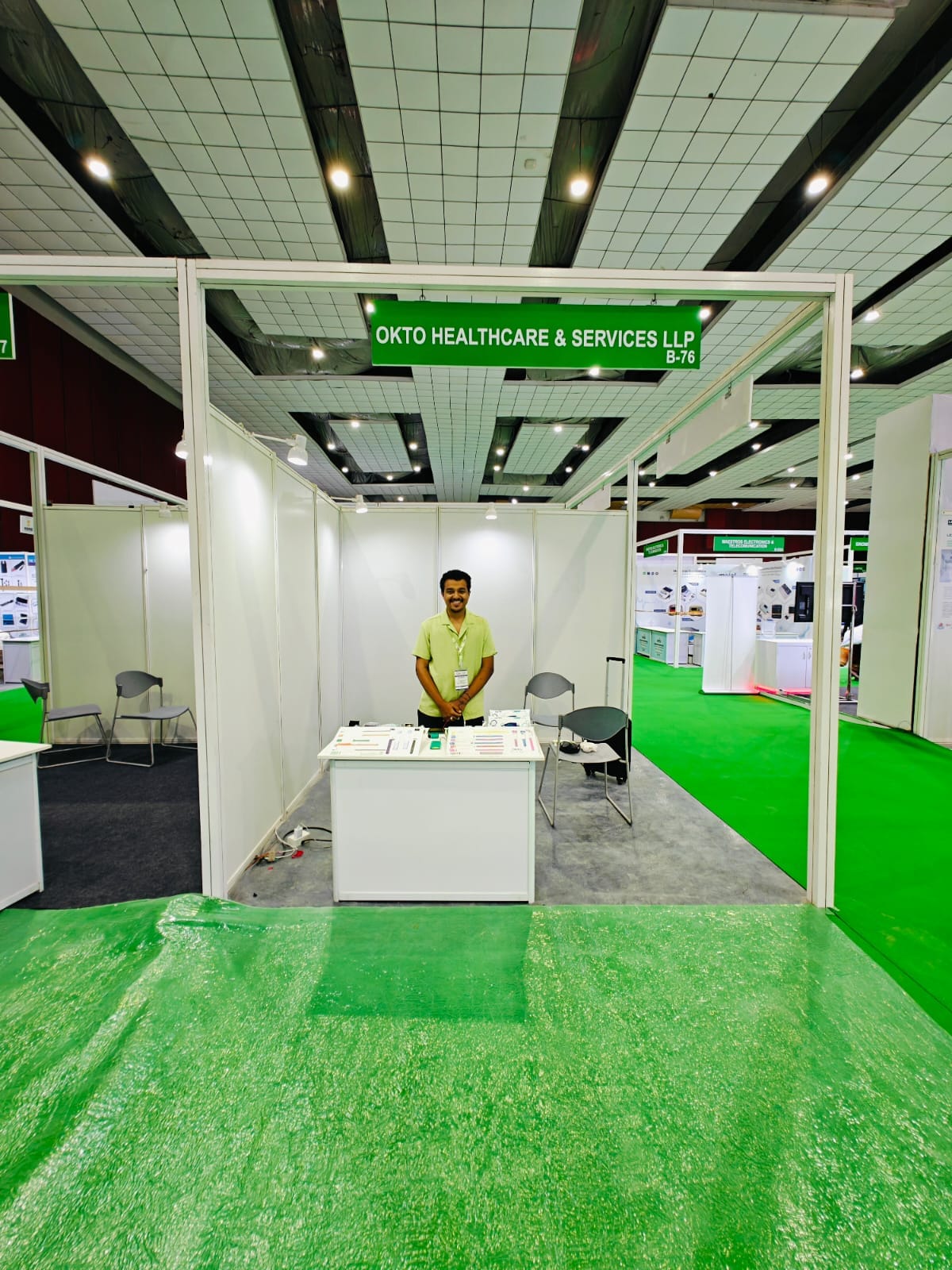Patient Identification Band: An Essential for Streamlined Medical Facility Procedures
Patient Identification Band: An Essential for Streamlined Medical Facility Procedures
Blog Article
Streamlining Individual Care With Effective Identification Bands
The application of efficient recognition bands is a critical element in enhancing individual treatment within health care settings. As the landscape of client recognition evolves, one must think about the implications of these systems on total medical care delivery and individual end results.
Relevance of Patient Recognition
Making sure accurate client recognition is important in medical care setups, as it directly affects the security and quality of treatment offered. Misidentification can result in major errors, including carrying out the wrong drug, carrying out wrong treatments, or miscommunicating essential person information. Such mistakes not only endanger client security however can additionally result in lawful ramifications and lowered count on healthcare systems.
Reliable individual identification is basic to developing a safe and secure environment where patients receive appropriate and individualized treatment. It facilitates the precise documents of medical backgrounds, allergies, and therapy strategies, making certain that health care providers have accessibility to important info in all times. Additionally, robust recognition procedures help simplify interaction amongst medical team, enhancing partnership and decreasing the risk of errors.

Sorts Of Identification Bands
Identification bands play a crucial duty in preserving accurate client records and boosting safety within medical care environments. Various kinds of identification bands are utilized to deal with the particular demands and needs of different person populations.

One more type is the ankle band, which is especially valuable for infants and infants, guaranteeing that recognition remains intact even throughout treatment treatments. Specialized bands, such as those for allergy alerts or fall danger indications, give added layers of safety by attracting immediate interest to crucial client problems.
Recently, electronic identification bands have actually gained popularity, incorporating barcodes or RFID innovation that can be checked to rapidly fetch individual information. These bands simplify operations and lessen the risk of human error throughout person recognition processes.
Benefits of Effective Identification
Efficient recognition of people through making use of identification bands adds considerably to general patient safety and care top quality. By ensuring that each patient is properly recognized, doctor can successfully match clinical treatments and procedures to the correct individual, minimizing the threat of errors. This is particularly important in atmospheres with high patient turnover, where the potential for misidentification is greater.
Moreover, reliable recognition bands improve communication among healthcare groups. Clear and accurate patient recognition promotes collaboration and ensures that all staff member understand a client's particular demands and clinical history. This communication is vital for providing worked with treatment, particularly in emergency situation situations where time is important.

Inevitably, efficient recognition through using identification bands not just safeguards individuals but also promotes a culture of safety within healthcare facilities (Patient Identification Band). By prioritizing exact recognition, healthcare organizations can boost end results and improve the overall person experience
Applying Recognition Systems
While the importance of individual identification is well acknowledged, the application of robust recognition systems postures a facility challenge for medical care companies. Establishing effective identification systems requires a comprehensive method, incorporating innovation, personnel training, and procedure integration.
First, companies must choose proper identification innovations, such as barcode scanning, RFID, or biometric systems. Patient Identification Band. These technologies need to be assessed based on price, use, and compatibility with existing infrastructure. A pilot program can assist identify possible issues prior to full-scale application
Following, comprehensive her explanation training for staff is crucial. All workers need to comprehend the value of exact patient identification and excel in using the selected modern technologies. Routine training updates and evaluations can reinforce best methods and ensure ongoing conformity.
Additionally, medical care companies ought to create standardized treatments for person recognition across all divisions, improving and minimizing inconsistencies interaction. Normal audits can help identify spaces in adherence to these methods.

Inevitably, a reliable implementation of identification systems not only enhances client safety but also cultivates a society of liability and diligence within health care setups, ensuring consistent and reliable person treatment.
Future Trends in Individual Identification
Improvements in modern technology are readied to reinvent client identification techniques in medical care settings. The integration of biometric identification methods, such as fingerprinting and face recognition, is expected to enhance precision and protection. These modern technologies can dramatically decrease the danger of misidentification, guaranteeing that patients receive the proper therapies and medicines.
Furthermore, the execution of blockchain modern technology for person documents is getting grip. This decentralized method can offer a protected and tamper-proof technique for handling patient identities, consequently streamlining accessibility to crucial info across various doctor.
One more fad is the enhancing you can try here use mobile wellness applications that utilize QR codes for individual recognition. These applications permit real-time updates and simple access to person data, encouraging medical care experts to make enlightened decisions promptly.
In addition, fabricated knowledge (AI) is poised to play a vital duty in analyzing individual recognition data, recognizing patterns, and anticipating potential identification mistakes before they happen.
As these technologies develop, they guarantee not just to improve client safety and security however additionally to boost the general effectiveness of health care delivery systems. Welcoming these innovations will certainly be critical for future-proofing patient care methods.
Verdict
In final thought, effective identification bands are necessary for enhancing patient safety and care high quality within health care settings. By minimizing the dangers connected with misidentification, these bands facilitate timely and exact info access, ultimately enhancing communication among medical care suppliers. The implementation of durable recognition systems not only promotes a culture of safety however also settings health care establishments to adapt to future fads in person identification innovation, guaranteeing optimal outcomes for people in varied professional settings.
As the landscape of individual identification develops, one need to think about the implications of these systems on total health care delivery and person results.Effective client recognition is essential to developing a secure environment where people obtain appropriate and tailored treatment. Inevitably, prioritizing reliable patient recognition methods not just fosters a society of security yet also adds to enhanced person results and total complete satisfaction with medical care services.
Efficient recognition of clients via the usage of recognition bands contributes significantly to general patient safety and security and care high quality. The execution of durable identification systems not only fosters a society of security however additionally positions health care organizations to adjust to future trends in client recognition technology, making sure optimum end results for people in varied scientific atmospheres.
Report this page